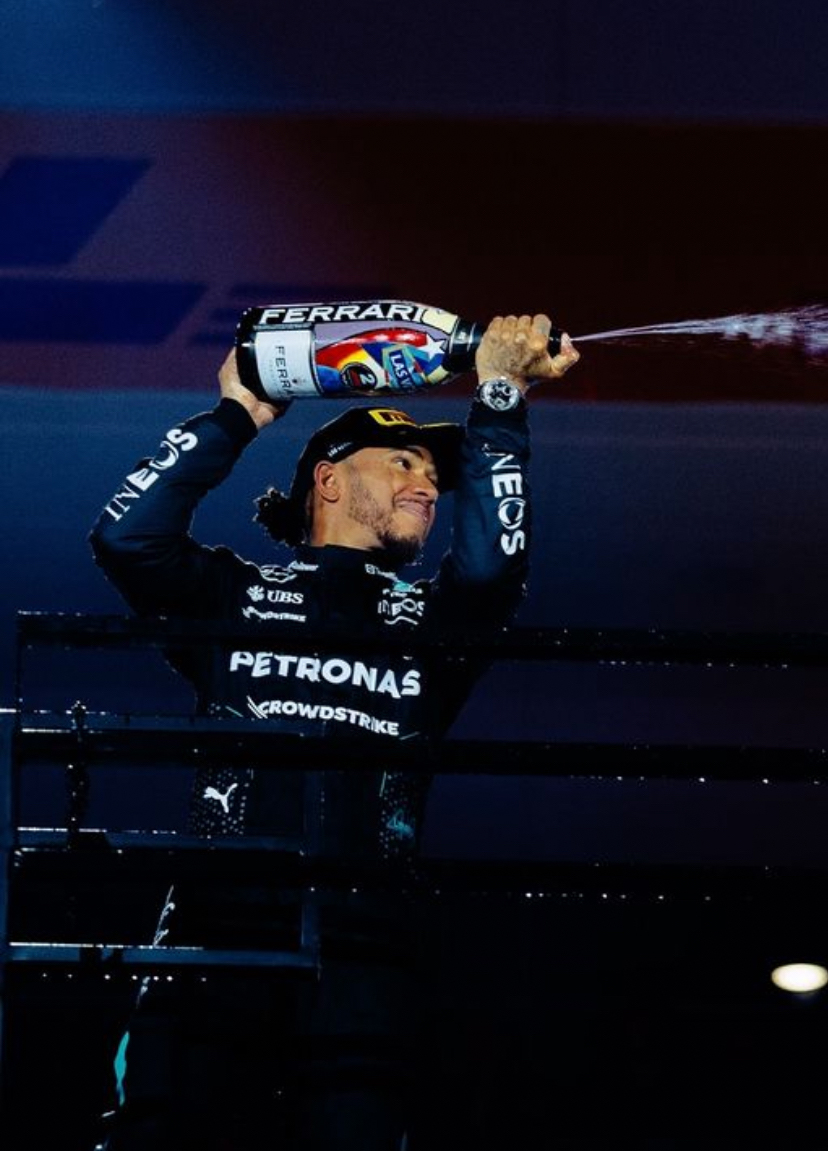Do F1 Drivers Reuse Helmets? Formula 1 Helmet Technology

Formula 1 World Champions: A legacy of racing legends
Do F1 drivers reuse helmets?
Do Formula 1 Drivers Reuse Helmets?
Learn whether Formula 1 drivers reuse helmets, the reasons for helmet swaps, and how advanced technology ensures safety and performance in F1 racing.
Formula 1 (F1) racing is a high-speed sport where safety is paramount. Among the critical components ensuring driver safety is the helmet, designed to protect against high-impact forces and flying debris. But do F1 drivers reuse their helmets? The answer is both practical and fascinating.
Helmet Usage in Formula 1
F1 helmets are sophisticated, custom-engineered pieces of safety gear that can cost thousands of dollars. Despite their high value, drivers don’t use a new helmet for every race. Instead, they reuse helmets throughout the season, typically cycling through up to 10 helmets depending on factors such as:
- Wear and tear: Helmets are inspected regularly to ensure they remain in optimal condition.
- Race conditions: Specific helmets may be better suited for different weather conditions or track environments.
- Personal preferences: Drivers often have specific needs or preferences that influence their choice of helmet for a particular race.
Reasons for Helmet Swaps
F1 drivers switch helmets during the season for various reasons, including:
Adapting to Weather Conditions
Helmets may feature designs optimized for different climates, such as improved ventilation for hot conditions or features to prevent fogging in wet weather.
Sponsorship and Branding
Helmet designs often change throughout the season to accommodate new sponsorship deals or showcase different brands. This adds a commercial dimension to helmet swaps, reflecting the significant role sponsors play in F1.
The Technology Behind F1 Helmets
Modern F1 helmets are at the forefront of safety and technology. They are crafted from advanced materials like carbon fiber and Kevlar, providing maximum protection while remaining lightweight. Key features include:
- Advanced aerodynamics: Helmets are designed to reduce drag, which is crucial in a sport where milliseconds matter.
- Communication systems: Built-in technology allows drivers to stay in constant contact with their teams.
- Ventilation and hydration: Helmets are equipped with systems to maintain comfort and hydration during intense races.
Preservation and Post-Season Uses
At the end of a season, F1 drivers often keep their helmets as memorabilia. Many also gift them to sponsors or auction them for charity. These helmets, with their unique designs, serve as personal and professional mementos, reflecting the driver’s branding and achievements.
Conclusion
While F1 drivers do reuse helmets, they typically rotate through multiple helmets each season for strategic, safety, and commercial purposes. Advances in helmet technology ensure that drivers are equipped with the safest and most efficient headgear, allowing them to compete at the highest level while staying protected. From their aerodynamic designs to their role in driver branding, F1 helmets are a testament to the innovation and precision that define the sport.
Up Next


